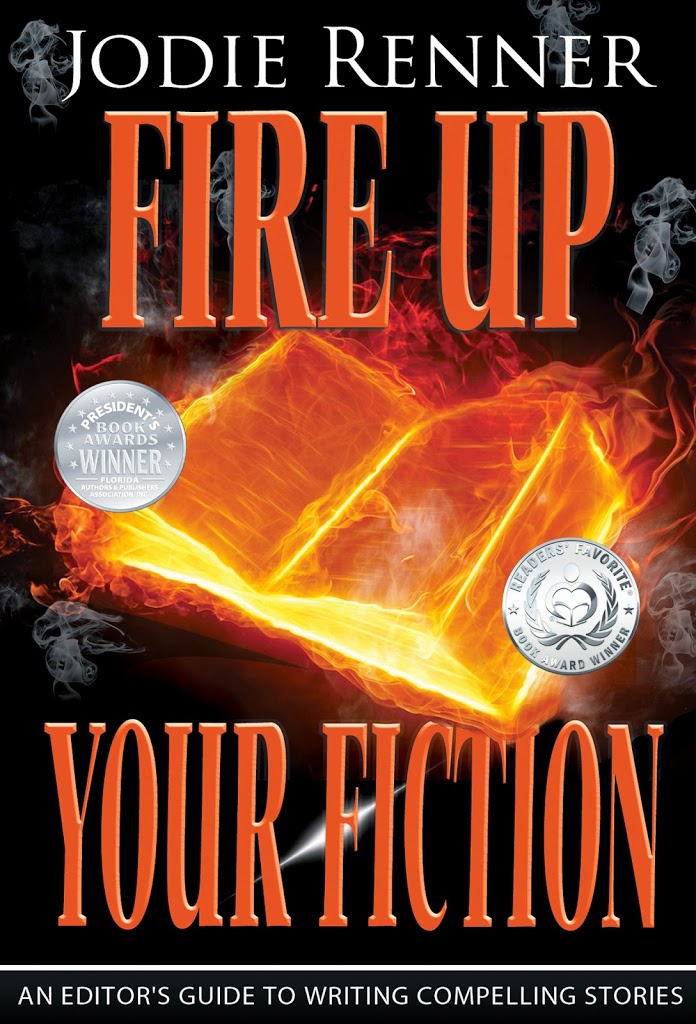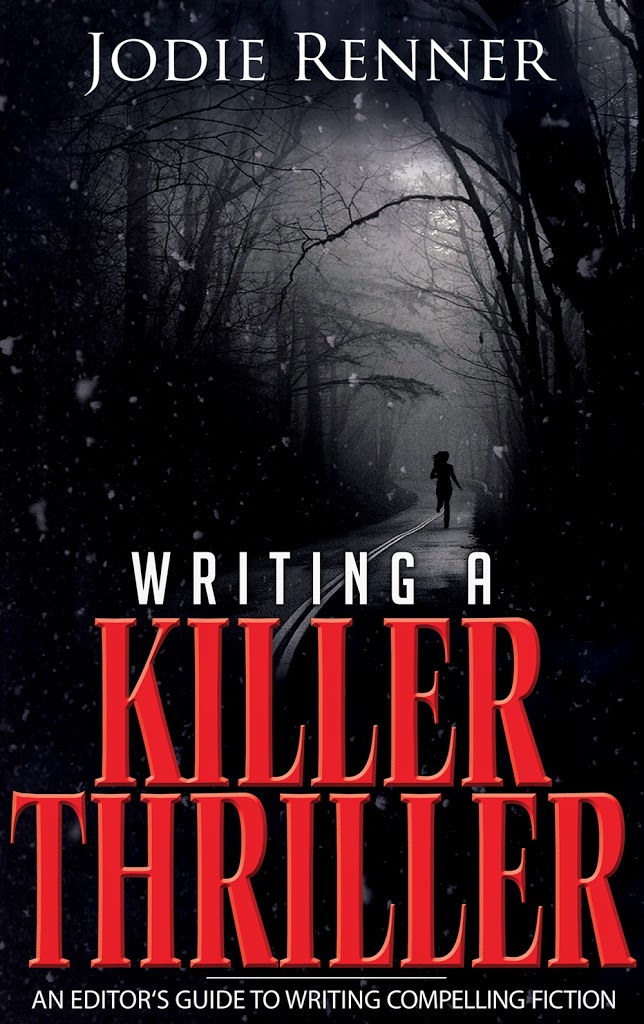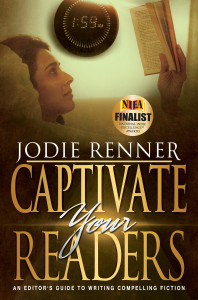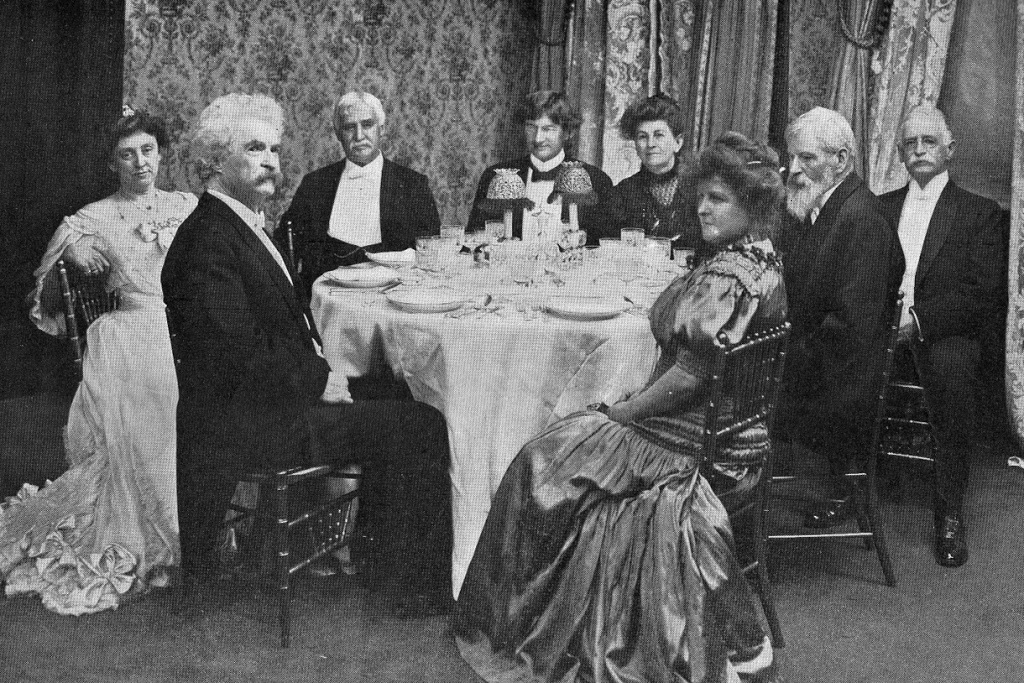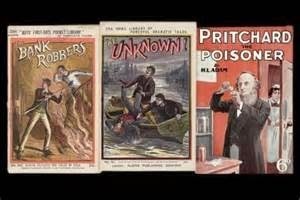How many times have we all heard this: SHOW DON’T TELL!
I put it all in nice bright letters because those three words are so commonplace in writing workshops that shoot, we might as well put them in neon, right? Ask a writing coach or an editor what the cardinal sin of bad writing is and “telling” is right up there with procrastination. We really get our panties in a wad about it. But let’s stop and take a deep breath here
((((Breathe in pink, breathe out blue…)))
and figure out what SHOW DON’T TELL really means.
Okay, let’s start with a definition because it’s always good to start with specifics.
Show don’t tell means writing in a manner that allows the reader to experience the story through a character’s action, words, thoughts, senses, and feelings rather than through the narrator’s exposition, summarization, and description. The idea is not to be heavy-handed, but to allow issues to emerge from the text instead.
(((((ZZZzzzzzzz))))
Boring but necessary physical action
Pure description
Backstory
The first image that usually came to him when other people started talking about their childhood was a house. Other things came, too. Faces, smells, emotions, mental snapshots of events. But those kinds of memories were fluid, changing for good or bad, depending on how, and when, you chose to look back on them.
But a house was different. It was solid and unchanging, and it allowed people to say “I existed here. My memories are real.”
His image of home had always been a wood frame shack in Mississippi. It was an uncomfortable picture, but one he had held onto for a long time, convinced it symbolized some kind of truth in his life about who he was, or what he should be.
Okay, so show me already!
Shadows closed around him as the sun played hide-and-seek behind dark clouds. Thunder rumbled in the distance. Impending rain scented the air. Spanish moss fluttered in a sudden breeze that carried with it the cloying acridness of the swampy bayou.
And at his feet in the vermin-ridden humus lay a young woman. A woman who, until a day or two ago, had hoped, planned, and dreamed. Maybe even loved.
Now she lay dead. Violently wrestled from life before her time. And it was his job to find her killer.
He started when, with a flap of wings, a snowy egret soared into the air twenty feet in front of him. As the regal bird disappeared from sight, Kramer couldn’t help but wonder if maybe it was his Jane Doe’s soul wafting to the Land of the Dead. The way the dove in Ulysses had carried Euripides’ soul.
Despite the day’s heat, a chill seeped through him. Instinctively and unselfconsciously, Kramer crossed himself and wished her soul Godspeed.
Here’s a rewrite of the same scene:
Shadows closed around him as the sun played hide and seek behind dark clouds. Distant rain scented the still air and Spanish moss hung like wet netting on the giant oaks. The cloying acridness of the bayou was everywhere.
Kramer wiped the sweat from his brow and looked down at the dead woman and drew a shallow breath .
She was the third young woman this year who had been left to rot in the muddy swamps of Louisiana.
With a sudden rustle of leaves, a snowy egret soared into the air twenty feet in front of him. Against the slanting sun it appeared little more than a ghostly white blur but still he watched it, oddly comforted by its graceful flight up toward the clouds.
Then, with a small sigh, he looked back at the woman, closed his burning eyes and crossed himself.
“God’s speed, ma cherie,” he whispered. “God’s speed.”
Why does the second one work better? Why does it hit our emotions harder? Because the writer got out of the way and let the character’s actions and words move the story along.
Here’s example 2. This is the opening of chapter 1 and the setup is a woman overseeing a parade at Disney World. It’s long but it’s worth analyzing.
Dorothy Gale got it wrong. Even as a kid, I didn’t understand why she was so hell-bent to hustle herself out of Oz to return to Kansas. Was she crazy? I ached to leave ordinary behind and devoured every magical Frank Baum book in the library. When I was nine, I vowed I’d find the Emerald City one day and I did. The Wizard—or rather Orlando’s theme park industry—set a shiny, incredible Land of Oz at the end of my personal yellow brick road.
Ten years ago, with a fresh college diploma—Go Terps—I’d found my niche and myself when I snagged my first job at Oz. Work felt like play in my fairytale world. And my disappointed parents stopped blaming themselves for those library trips when Oz promoted me to assistant department manager for process improvement. Tonight, we were rolling out a new parade, and for me, the excitement rivaled Christmas Eve.
Churning the humid Florida air, the dancing poppies whirled by in a swirl of red, plum, and purple, so far a flawless debut. Across the Yellow Brick Road, my boss Benjamin flashed me a rare smile and gestured to his stopwatch. The lilting music gave way to the recorded yipping of hundreds of puppies, and forty employees pranced by in shaggy-doggy costumes. Toto’s enormous basket-shaped float reached the corner, and excited children squealed, adding a thousand decibels to the noise.
“Slower, Toto,” I murmured into my mouthpiece. “Turn on three.” I counted and the basket’s driver, hidden deep inside the float, turned with inches to spare.
Here’s how I would handle it.
The red and pink poppies danced in the humid Florida air. The lilting music gave way to the recorded yipping of hundreds of puppies, and forty employees pranced by in shaggy-doggy costumes. Toto’s enormous basket-shaped float reached the corner, and excited children squealed, adding a thousand decibels to the noise.
Across the Yellow Brick Road, my boss Benjamin flashed me a rare smile and gestured to his stopwatch. So far, it was a flawless debut. I pressed my clipboard to my chest and smiled.
God, how I loved it here.
My own fairy tale world.
My own private Oz.
“Slower, Toto,” I murmured into my mouthpiece. “Turn on three.” I counted and the basket’s driver, hidden deep inside the float, turned with inches to spare.
My own parade – every day.
Dorothy got it wrong. Even as a kid, I never understood why she was so hell-bent to get out of Kansas.
In a large pantry off the kitchen, I found the maid. She, too, was dead. From the marks on her neck, my guess was someone had strangled her. As I completed my trip around the downstairs, I heard a noise from the front of the house, then a call of, “Police. Anyone here?” I took a deep breath and started toward the front room.
The cops met me in the hall with the obligatory order to drop my weapon and assume the position against the wall. I complied and a young patrolman named Johnson explored areas I preferred not touched by a stranger. However, I understood. I’d have done the same if I had found anyone during my search, and I wouldn’t have concerned myself about his or her privacy.
Once he finished, I showed my PI credentials.
In the rewrite, I converted the “tellling” into “showing,” mainly by handling things in dialogue.
In a large pantry off the kitchen, I found the maid. She was face down on the marbled floor, arms splayed, feet part, still dressed in her baby blue cotton uniform. I knelt and when I moved her thick pony tail, I saw a tattered clothesline wrapped tight around her neck. She had no pulse. It hit me that I met her three times on previous visits and yet I could not remember her name.
“Police! Anyone here?”
I turned toward the echo of voices, toward the long cavernous hallway that led to the living room. Before I could take a step, I felt a jab of steel against my temple and someone’s hot breath in my ear.
“Against the wall, lady.”
“But —”
“Shut up,” the cop said as he patted around my ass for a weapon. He found my gun, ripped it from its holster and roughly turned me around. I didn’t know the officer in front of me but I saw Sgt. Randy Rawls standing in the doorway, trying not too hard to stifle his snicker.
“She’s okay, Jim,” he said. “Her name is Jenny Smith. She’s a local P.I.”
One more example but it’s one of my favorites. The setup is a TV anchorwoman looking forward to meeting her boyfriend after work. I like it because the writer was so close to getting it right. But he needed to focus in on what I call special details and actions that show (ie illuminate) character.
Tonight, however, Corrie was looking forward to dinner with Jake.
Jacob “Jake” Teinman employed a wicked, take-no-prisoners wit. She found his sense of humor engaging, and delighted when he would elevate one eyebrow while keeping the other straight alerting his target to an oncoming barb. Corrie truly liked Jake, a lot, but experience taught hard lessons and she had qualms about the two of them as a couple.
They were awfully different — she: a public persona, trim, career driven, self-centered, frenetic and Irish Catholic; he: private, stocky, successful with a controlled confidence that drove her nuts, and Jewish. At least that’s how she pictured the two of them. She wondered if Jake’s version would agree.
She’d noted they’d been dating exactly one year and he had made reservations at “The 95th” just six blocks from the WWCC studios. It was sweet of Jake since he knew it was one of her favorite places.
Tonight, Corrie was looking forward to dinner with Jake. And as she watched him come in the restaurant door, she smiled. It used to annoy her when people said how different they were. But it was true.
Jake…
Stocky. Dark. Jewish. Coming toward her with that confident swagger.
And her…
Tall. Blonde. Irish-Catholic. Sitting here wondering if he’d show up.
He kissed her on the cheek and sat down.
“You remembered,” she said.
He frowned. “Remembered what?”
“That this is my favorite restaurant.”
He glanced around before the puppy-dog brown eyes came back to hers. “Sure, babe,” he said. “I remember.”
What’s the main problem with the first one? The “telling” is slow-paced and un-viscereal. And if the guy just went through a plate glass window he probably can’t see the glass falling and it sure as heck wouldn’t register in his senses as “glittering shards” and “fading fireworks.” In the second version, the POV is fixed and every detail that IS possible is filtered through the man’s senses.
- Narrating the physical movements without being in character’s head.
- Use of too many ‘ly’ words in action or in dialog (i.e. She said impatiently, walked slowly, yelled angrily.)
- Use of stock descriptions, purple prose or lengthy descriptions of places (and people) especially those that have no bearing on the plot.
- Too many adjectives and cliches.
- Omniscient POV (distancing, describing from an all-seeing POV) The man getting hit on the head cannot see the glass as it falls six stories to the ground.)
- Action that uses the senses, stays within the character’s consciousness and uses words and phrases that reinforce the mood of the scene.
- Strong verbs. (Walked vs Jogged, Ran vs Raced, Shut the door vs Slammed the door.)
- Original images and vivid descriptions that are filtered through the character’s senses in the present.
- One compelling adjective vs. a string of mediocre ones.
- Keep POV firmly in character’s head. (Establishes sympathy and connects emotionally.)




